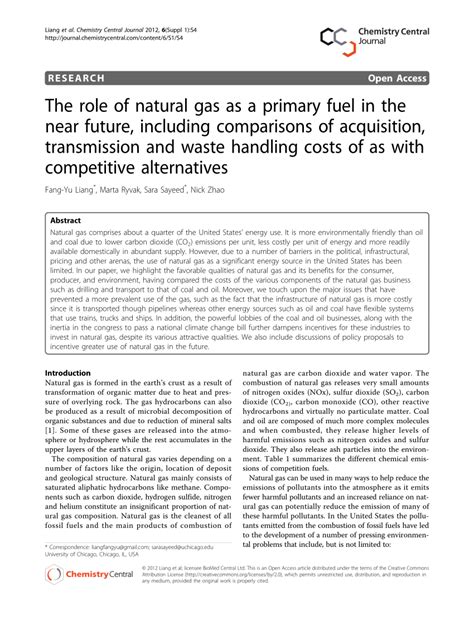The role of gas rates in Ethereum transactions **
Cryptocurrencies, such as Bitcoin and Ethereum, have revolutionized the way we think of money and transactions. However, one of the most significant challenges that cryptocurrencies face is the high gas rate they incur during the transaction process. In this article, we will explore the role of gas rates in Ethereum transactions and how they are impacting the cryptocurrency market.
What are gas rates?
Gas rates are a type of transaction processing cost associated with each block created in a blockchain network, including Ethereum. These costs are generated by computers that solve complex mathematical problems called “work proof”, which validate each block in the blockchain. The more complex the problem and therefore the higher the number of transactions per second, the higher the gas rate.
How do gas rates affect Ethereum transactions?
Gas rates play a critical role in determining the cost of making transactions on the Ethereum network. Here is as:
* higher transaction costs : As the demand for transactions increases, the same is true of gas rates. This means that users need to pay more money to send and receive funds.
* Safety Increased : Higher gas rates are used to protect the network by validating each block in the blockchain. The more complex the problem, the safer the network.
* Decreased transaction speed : As gas rates increase, transactions can take longer to process due to increased computational energy required to solve power problems.
The impact of gas rates on the cryptocurrency market
Gas rates are not only affecting Ethereum users, but also the larger cryptocurrency market. Here is as:
* Reduced adoption : Higher gas rates make it less accessible for new users to participate in the cryptocurrency market, leading to a reduced adoption.
* Increased transaction costs

: As gas rates increase, companies and consumers can be prevented from using cryptocurrencies due to higher transaction costs.
* Market volatility : Increased gas rates can lead to a decrease in the overall market value as investors become averse to risk.
Solutions to reduce gas rates
The cryptocurrency community is actively working on reducing gas rates through various initiatives:
- Shareding and Optimism : Shareding allows multiple Blockchain copies to process transactions simultaneously, while optimism improves the chances of finding a solution to the Pow problem.
- Proof of Participation (POS) : POS eliminates the need for work proof rewarding validators with tokens based on their network participation.
3.
Conclusion
The role of gas rates in Ethereum transactions is a critical aspect of the cryptocurrency market. By understanding how gas rates affect users and companies, we can work to find solutions that improve the user’s overall experience and reduce costs. As the cryptocurrency scenario continues to evolve, it is essential to stay informed about the latest developments and innovations in this space.
Additional resources
- [Ethereum.org] (
- [Cryptoslate] (
- [Coindesk] (
Responsibility Exemption : This article is only for informative purposes and should not be considered as an investment consultancy. The cryptocurrency market is known for its high volatility, and past performance is not indicative of future results.